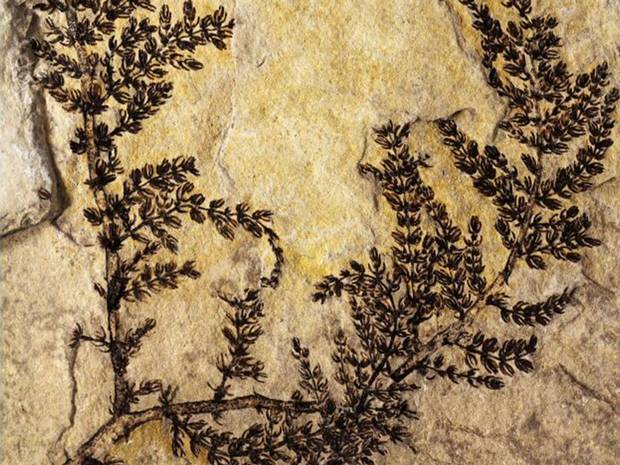Ancient Spanish swamp plant mythical ‘first flower’?
What could be Earth’s first-ever flower has been discovered by scientists in Spain, who identified an aquatic flowering freshwater plant that lived up to 130 million years ago.
But now a team of paleobotantists, under the careful aid of Bernard Gomez, have identified a fossil known as Montsechia which they believe to have lived approximately 130 million years ago and represents one of the earliest examples of an aquatic plant.
“Montsechia Vidalii” is a plant that grew in freshwater lakes in Spain and reproduces below the surface of water.
“A “first flower” is technically a myth, like the “first human”, botanist David Dilcher says in the Proceedings of the National Academy of Sciences.
Another species of aquatic plant called, Archaefructus Sinensis, from China, had been seen as the earliest flower – but now scientists say the, Montsechia Vidalii, may be older.
By analyzing the fossilized samples, researchers carefully poured hydrochloric acid and, drop by drop, were able to reveal the stem and leaf structure of the ancient plant. The close examination of more than 1,000 fossil remains of Montsechia suggested that this plant could be the “First Flower” of the world.
What’s interesting is that, although an angiosperm, i.e. a fruiting plant, the now extinct Montsechia vidalii did not produce flowers per se.
‘This discovery raises significant questions about the early evolutionary history of flowering plants, as well as the role of these plants in the evolution of other plant and animal life, ‘ said lead scientist Professor David Dilcher, from Indiana University.
Professor Dilcher and his colleagues hope to understand more about the species connecting Montsechia and Ceratophyllum and delve deeper into when other angiosperms branched off from their ancestors. They were then scrutinized under stereomicroscope, light microscope, and scanning electron microscope to ascertain the most slightest of details they could garner.
The plant, which may have looked like seaweed that grew in freshwater, contains a single seed, which is the defining characteristic of a flowering plant, or angiosperm. “During that time the flowering plants emerged as the dominant global floristic element, a transformative event that ultimately altered the character of the entire planet”, Donald Les of the University of Connecticut, who was not involved in the paper, wrote in a commentary.
In terms of appearance, the plant resembled modern Ceratophyllum, also known as “coontail” or “hornwort”. It is a dark green aquatic plant that is popularly used in aquariums and koi ponds because of its decorative coarse, tufty leaves.
Dilcher, an expert on angiosperm anatomy and morphology, said.








